- What is Cerebral Palsy?
- Cerebral Palsy causes muscular imbalance
- Cerebral Palsy shreds the "Fabrics of Life"
- Cerebral Palsy overloads the myofascia network
What is Cerebral Palsy?
Cerebral Palsy (CP) is a general term for muscular skeletal disorderthat is caused by damage to the motor control centres of the developing brain and can occur during pregnancy, during childbirth, or after birth. Although the brain injury is not progressive, the resulting muscular skeletal disorder deteriorates particularly when the child goes through puberty. This is especially acute with those who are more severely affected by Cerebral Palsy.
Cerebral Palsy causes muscular imbalance
The loss of complete control by the central nervous system (CNS) results in some muscles becoming dominant while others become excessively weak. For instance,
| Flexion of bicep is dominant over Extension | 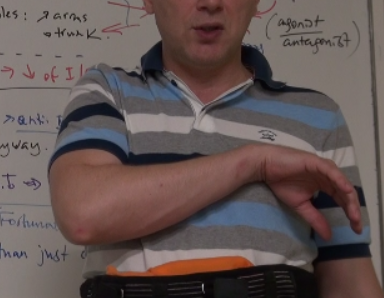 |
| Pronator is dominant over Supinator | 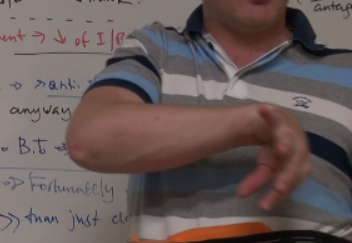 |
| Wrist flexor is dominant over wrist Extender | 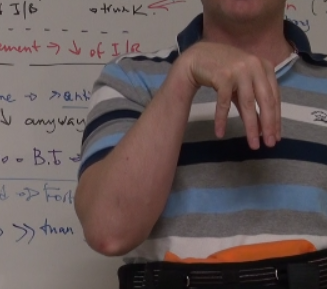 |
These are the common observations of muscular imbalance of the arm of the individual affected by Cerebral Palsy. The same muscular imbalance can be observed on the trunk and legs.
However, the neuromuscular system does not operate alone. Muscles are embedded into the myofascia tensional network.
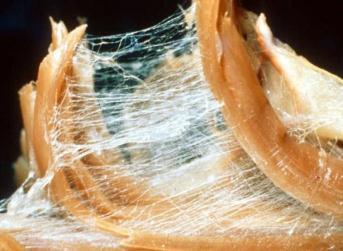
Fascia is connective tissue that surrounds muscles, groups of muscles, blood vessels, and nerves, binding some structures together, while permitting others to slide smoothly over each other. It permeates all parts of the body and becomes well-integrated from head to toes and is distributed throughout the body, forming a tensegrity structure that maintains certain tensions throughout. Tensegrity is a powerful architectural structure that is used to build dome and bridges.
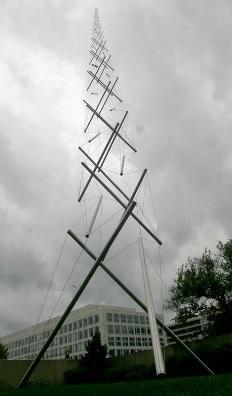 |
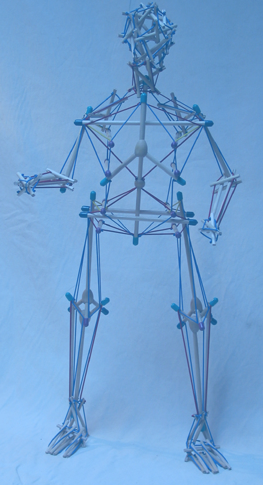 |
 |
 |
||
This myofascia tensional network provides support for postures and movements.
Unlike muscles which are dependent on the central nervous system for proper function, myofascia depends on the autonomous nervous system more. The neuromuscular system and myofascia tensional network works interdependently towards a balanced and stable system.
Once the muscular balance is lost and the muscular distortion sets in, the myofascia system tries to re-align themselves and resets the system to a stable point.
This is easier when the child is at pre-school age and is much softer and has a higher degree of hydra tionwithin the system. In addition, the child weighs less and relies less on acceleration, the deficiency in leverage mechanism is therefore much less pronounced. Under such circumstances, the myofasciatensional network is still able to neutralize the neuromuscular challenges by resetting the system and re-distributing the tension within the network. On top of that, the child learns to use positive re-distribution while the fascia components are getting stronger from the softer state to a more fibrous state.
Challenges set in as soon as the child enters puberty and starts growing up rapidly. With the muscles building up quickly, the muscular imbalance escalates. Any attempt to re-model further strengthens the already strong muscles, leaving the weak muscles asweak as before. This further aggravates the muscular imbalance.
Meanwhile, the myofascia tensional network sustains the imbalance itself – having both tensional dominance and tensional deficiency co-exist in the entire network. The presence of muscular imbalance costs excessive effort to re-distribute tension and integrate them into the myofascia tensional network. Finally the entire myofascial tensional network reaches a critical point where it is no longer able to integrate the local muscular imbalance into the global network, resulting in further overload of muscles and brain. At this point of time, instead of off-setting the muscular imbalances, the fascia tensional network starts aggravating the imbalance further.
Cerebral Palsy shreds the "Fabrics of Life"
Muscular skeletal disorder typically translates to more than just challenges in postures and movements. It shreds the child's fabrics of life because of the consistent background tension, excessive muscular imbalance and muscular effort, discomforts and fatigue that the child has to deal with in his or her dailylife.
Fabrics of life refers fundamentally to the child's overall well-being and doing. It encompasses essentially the daily activities- not including any special ability or skills that the child has. For a severely affected child, the fabrics of life merely is all about comfort in being, positioning and how well the child respondsto the assistance provided.
NAPTT are the building blocks of the fabrics of life. They are:
| Building blocksof fabrics of life | Relevant questions to ask |
| Neutral being | How comfortable is the child in common positions such as lying on hisback or on his tummy, in sitting or on side lying position? |
| Assistance | Is assistance given to the child enhancing the child's activities or causing paradoxical reactions or greater discomfortto the child? |
| Positioning | Does the child feel comfortable and relaxed while getting into position himself and staying in the position, has sensory integration, and a wide range of possible comfortable positioning? |
| Transition | Is the child able to transit from one position to another position comfortably with least amount of efforts? |
| Transportation | Is the child able to control momentum comfortably, have full sensory integration and move with little efforts? |
The building blocks are hierarchical. In other words, if the child is struggling with discomfort while lying on his tummy or on his back, or if he hyperextends when help is rendered with dressing, it is an unrealistic attempt to extract movement out of the child. To do so, it will be like trying to build the 8th floor when the first few floors have only been partially completed.
Cerebral Palsy overloads the myofascia network
The damage of the brain first creates a small 'hole' in the fascial tensional network that provides the necessary support for the whole body. As the child grows, the situation escalates and the small 'hole' quickly enlarges and multiplies, which means further loss of tension in the fascia network. As a result, the fascial tensional network is no longer sufficient as a supporting network. The child therefore uses muscles to perform the support function instead.
This switch to heavy reliance on muscles for postures and movements presents two additional challenges:
- Muscles consume large amounts of metabolic energy which otherwise could be used for the child's growth and development. The large amount of energy consumption is also one of the main reasons behind the constant fatigue experienced by children with Cerebral Palsy.
- Muscles are voluntary and therefore excessive reliance on muscles for postures and movements poses a greater demand on the brain.
- Muscles are not meant to work all the time and are hence susceptible to wear and tear. In addition, the child gets fatigue from excessive muscular efforts
A more severely affected child has the additional struggle with excessive involuntary movements, pains and discomforts in common positions such as lying on the back or the tummy, sitting, or on their sides. These struggles do not stop at night but carry throughout the day, in deprivation of sleep. Deep sleep andrelaxation are nature-given ways of repairing and regenerating tissues. Extended deprivation of sleepand insufficient relaxation deprives the child of the opportunity of proper growth and development.



